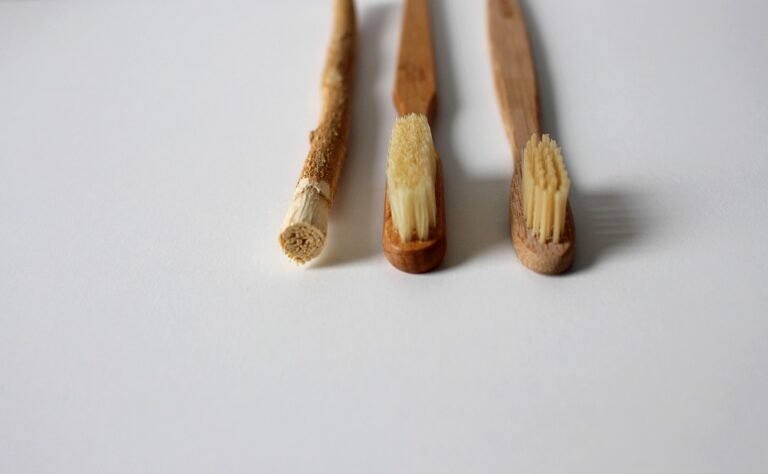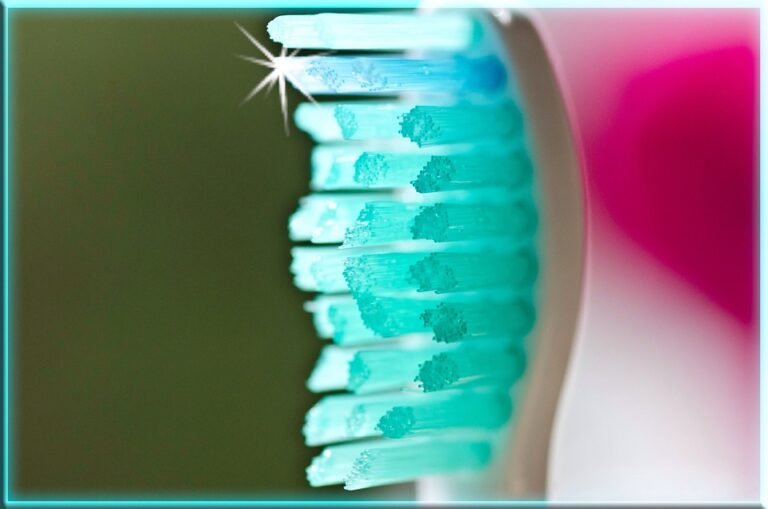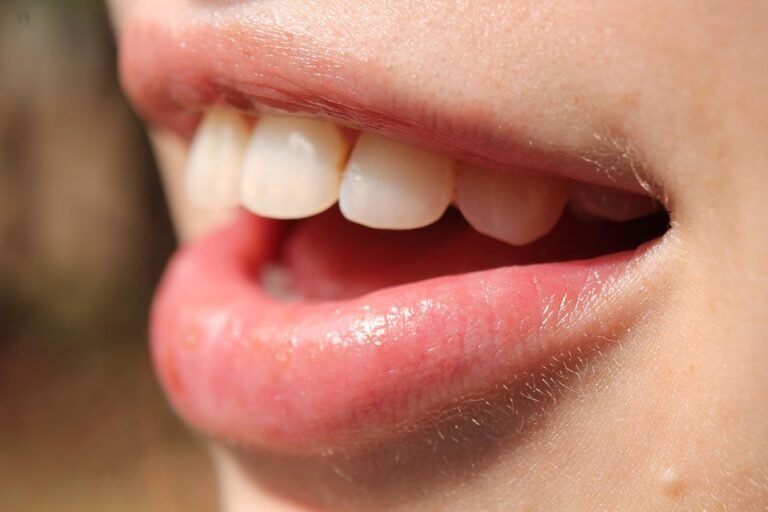What are the future trends predicted for cosmetic dentistry
I’m really interested in the future of cosmetic dentistry! I’m a dental student and I want to specialize in this field. What are the biggest things coming down the pipeline? I’m not just talking about new whitening techniques, but larger advancements.
For example, I’ve heard a little about AI being used to design veneers. Is that really going to be a thing? Will digital dentistry become even MORE dominant? Are there any advancements in materials that are going to completely change the game? What about biomimicry – is that a real possibility or just a pipe dream? I’m particularly interested in trends that would make cosmetic dentistry more precise, less invasive, and longer-lasting. What innovations should I be focusing on learning about now to be well-prepared for the future of my career?
Answer
Future trends in cosmetic dentistry are driven by advancements in technology, evolving patient expectations, and a greater emphasis on minimally invasive and personalized treatments. Here’s a detailed look at some key predicted trends:
1. Digital Dentistry and CAD/CAM Technology:
- Wider Adoption of Digital Workflows: Expect to see a more comprehensive shift from traditional analog methods to fully digital workflows. This includes digital impressions (intraoral scanners), digital smile design (DSD), CAD/CAM (computer-aided design and computer-aided manufacturing) for restorations, and 3D printing.
- Increased Precision and Predictability: Digital dentistry allows for highly accurate treatment planning, restoration design, and fabrication. This translates to improved fit, aesthetics, and long-term success of cosmetic dental procedures.
- Chairside Milling and 3D Printing: Chairside CAD/CAM systems and 3D printers will become more prevalent, allowing dentists to design, fabricate, and deliver restorations (crowns, veneers, inlays/onlays) in a single appointment. This reduces treatment time and improves patient convenience.
- AI-Powered Design: Artificial intelligence (AI) is being integrated into CAD/CAM software to automate and optimize restoration design, further improving accuracy and efficiency. AI can analyze patient-specific data (e.g., facial features, bite) to create restorations that are both aesthetically pleasing and functionally sound.
2. Minimally Invasive Dentistry:
- Emphasis on Tooth Preservation: A key focus will be on preserving as much natural tooth structure as possible. This includes techniques like micro-veneers (ultra-thin veneers), minimally invasive composite restorations, and enameloplasty (recontouring).
- Biomimetic Dentistry: This approach aims to restore teeth to their original strength, function, and aesthetics by using materials and techniques that mimic the natural properties of enamel and dentin.
- Air Abrasion and Laser Dentistry: These technologies offer alternative methods for removing decay and preparing teeth for restorations with minimal discomfort and damage to surrounding tissues.
3. Advanced Materials:
- Biocompatible and Bioactive Materials: There will be an increasing demand for materials that are biocompatible (non-toxic and well-tolerated by the body) and bioactive (promote tissue regeneration and bone growth). Examples include bioactive composites, ceramics, and bone grafting materials.
- Zirconia Advancements: Zirconia continues to evolve as a popular material for crowns and bridges due to its strength, durability, and aesthetics. New formulations of zirconia are being developed with improved translucency and shade matching capabilities.
- Lithium Disilicate: Lithium disilicate remains a preferred material for veneers and anterior restorations due to its excellent aesthetics and strength.
- Resin-Based Composites: Continued improvements in resin-based composite materials will offer enhanced aesthetics, durability, and polishability for direct restorations.
4. Personalized and Customized Treatments:
- Digital Smile Design (DSD): DSD will become even more sophisticated, incorporating facial analysis, patient preferences, and digital simulations to create a personalized treatment plan that meets each individual’s unique needs and desires.
- Customized Implants and Restorations: The use of 3D printing and CAD/CAM technology allows for the creation of highly customized implants, abutments, and restorations that are precisely tailored to the patient’s anatomy and aesthetic goals.
- Genetic and Salivary Diagnostics: These diagnostic tools may be used to assess a patient’s risk for dental diseases (e.g., caries, periodontal disease) and to develop personalized preventive strategies.
5. Focus on Holistic Oral Health and Wellness:
- Integration of Cosmetic and Functional Dentistry: The trend will be to address both the aesthetic and functional aspects of oral health. This includes correcting bite problems, restoring proper tooth alignment, and improving overall oral health in addition to cosmetic enhancements.
- Oral-Systemic Link Awareness: The connection between oral health and overall health will continue to be emphasized. Cosmetic dentists will play a role in educating patients about the importance of oral hygiene and its impact on systemic conditions.
- Airway Dentistry: Evaluation of airway issues, especially in relation to sleep-disordered breathing, is becoming increasingly integrated into dental practices. Cosmetic considerations may be part of a larger plan to improve airway function.
6. Teledentistry and Remote Monitoring:
- Virtual Consultations: Teledentistry will enable dentists to provide virtual consultations, assess patient needs remotely, and provide guidance on treatment options.
- Remote Monitoring of Oral Hygiene: Wearable sensors and mobile apps may be used to monitor patients’ oral hygiene habits (e.g., brushing technique, flossing frequency) and provide personalized feedback to improve compliance.
- AI-Powered Oral Health Monitoring: AI-powered tools may be used to analyze intraoral images and detect early signs of dental problems, allowing for timely intervention.
7. Cosmetic Orthodontics:
- Clear Aligner Therapy: Clear aligner therapy (e.g., Invisalign) will continue to grow in popularity as a discreet and convenient alternative to traditional braces for correcting minor to moderate malocclusion.
- Accelerated Orthodontics: Techniques like micro-osteoperforation (MOPs) and vibrational devices may be used to accelerate tooth movement during orthodontic treatment.
- Digital Orthodontics: Digital treatment planning, 3D printing of aligners, and virtual monitoring will streamline the orthodontic process and improve patient outcomes.
8. Enhanced Patient Education and Engagement:
- Interactive Treatment Planning: Dentists will use digital tools to engage patients in the treatment planning process, allowing them to visualize potential outcomes and make informed decisions.
- Virtual Reality (VR) and Augmented Reality (AR): VR and AR technologies may be used to provide patients with immersive experiences that demonstrate the benefits of cosmetic dental procedures and reduce anxiety.
- Online Resources and Social Media: Dentists will continue to use online resources and social media platforms to educate patients about cosmetic dentistry and showcase their work.
9. Increased Focus on Sustainability:
- Eco-Friendly Materials: There will be a growing demand for sustainable and eco-friendly dental materials and products.
- Reduced Waste: Dentists will implement strategies to minimize waste in their practices, such as using digital workflows, sterilizing instruments effectively, and promoting reusable products.
- Energy Efficiency: Practices will focus on energy-efficient equipment and lighting to reduce their environmental impact.
These trends are expected to shape the future of cosmetic dentistry, making treatments more precise, predictable, minimally invasive, and personalized. The integration of technology, advanced materials, and a holistic approach to oral health will lead to improved patient outcomes and a greater focus on patient satisfaction.





